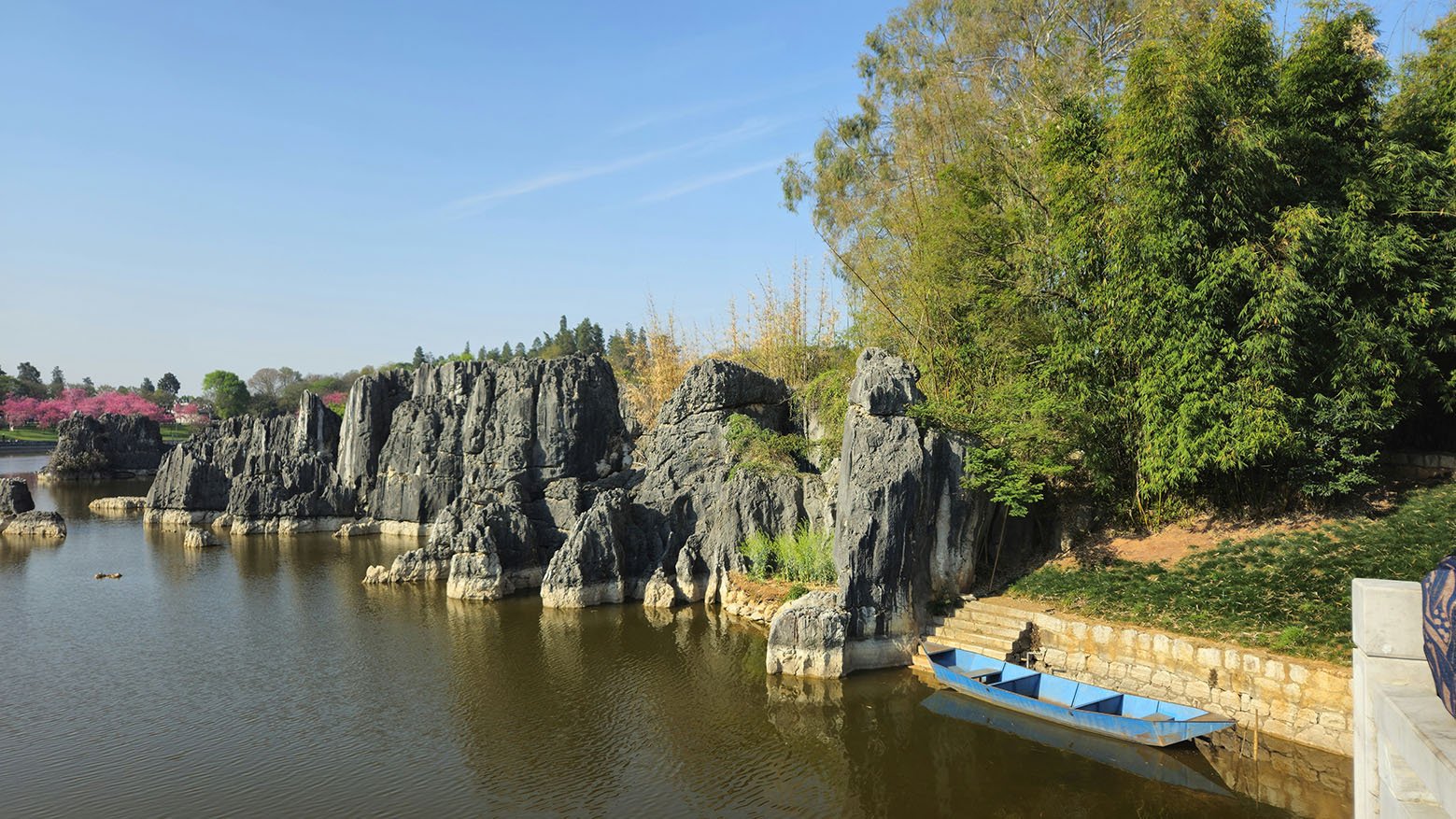Combining Natural Wonders with Cultural Diversity
Yunnan Province, situated in the southwestern part of China, is renowned for its stunning geographical features and rich cultural diversity. This province borders several countries, including Vietnam, Laos, and Myanmar, which contributes to its unique blend of cultures and traditions. Yunnan is characterized by its varied topography, which features mountains, plateaus, and valleys, along with significant biodiversity. The province is home to several famous mountain ranges, including the majestic Himalayas and the picturesque Ailao Mountains, which attract nature enthusiasts and adventure seekers alike.
Yunnan's climate also varies dramatically from region to region, with tropical conditions in the south and temperate zones in the north. This variability fosters a rich array of flora and fauna, contributing to the province's designation as a biodiversity hotspot. Notably, the area hosts numerous ethnic groups, with the Bai, Yi, Hani, and Naxi being some of the most prominent. Each group showcases its distinct customs, languages, and festivals, enriching the cultural landscape of Yunnan and making it a fascinating place for visitors interested in cultural heritage.
The province's appeal in China's tourism landscape is underscored by its numerous UNESCO World Heritage Sites, including the ancient city of Lijiang and the scenic landscapes of the Stone Forest. These attractions, combined with Yunnan's vibrant markets, delicious cuisine, and warm hospitality, draw millions of visitors from around the globe every year. The harmonious coexistence of stunning natural beauty and rich cultural experiences perfectly encapsulates what Yunnan has to offer, making it a must-visit destination in China. The province stands as a shining example of how cultural heritage and natural wonders can coalesce to create unforgettable experiences for travelers.
Places
In Yunnan

Kunming
Kunming, the capital of Yunnan Province in China, boasts a history that spans over 2,400 years, characterized by numerous cultural, political, and economic transformations. The city, known historically as “Yuntian,” emerged as a significant center during the Han Dynasty, which lasted from 206 BC to 220 AD. Its strategic location made it an essential stop on inland trade routes, enabling the exchange of goods and cultures that would later shape its identity. Today, Kunming embodies a unique blend of ancient history and modern advancements, attracting both tourists and scholars interested in its past.

The Yuanyang Rice Terraces
The Yuanyang Rice Terraces, located in Yunnan province of China, represent a breathtaking feat of agricultural engineering and cultural significance. Carved into the mountains by the Hani people over a span of centuries, these terraces cascade down the slopes, creating a mesmerizing pattern that harmonizes with the natural landscape. The unique design serves not only as a means of irrigation but also as a reflection of the intricate relationship between the Hani culture and the environment.

The Stone Forests of Shilin
The Stone Forest, or Shilin, is one of Yunnan's most extraordinary natural wonders, renowned for its stunning karst limestone formations that rise dramatically from the ground. This breathtaking landscape is a UNESCO World Heritage Site, showcasing an exceptional display of nature's geological prowess that dates back over 270 million years. The intricate shapes of the stone pillars, resembling trees frozen in time, create a dramatic skyline that captivates visitors and invites exploration.
